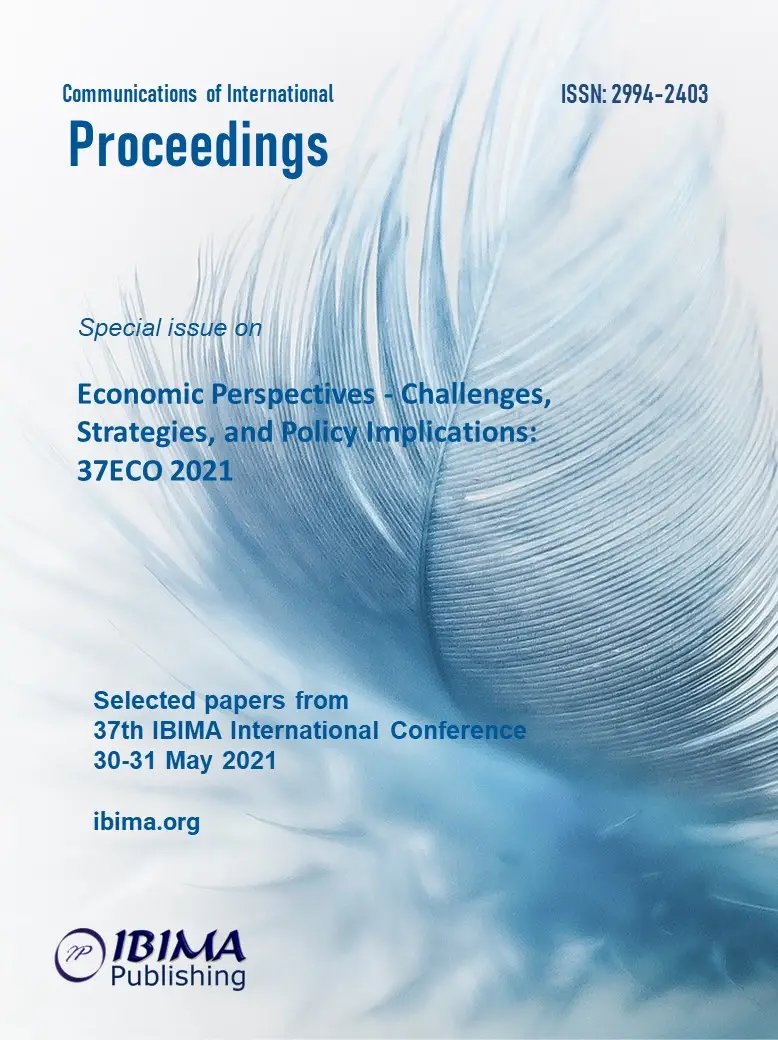
Elżbieta SZARUGA
University of Szczecin, Poland

The research problem was formulated as a question: what are the sources of the potential output gap and which of them can be used to bring the economy to the optimal state most quickly. The research objective is to identify the sources of the potential output gap, assess their impact and assess the mechanism of adjustments to the equilibrium level. The spatial scope refers to Poland and the period – 2008:Q1-2016:Q1 (the time perspective covers the period from the global economic crisis 2008+ and ends before the Family 500+ program – stimulating internal demand). The methodology consists of two stages.= The first stage concerns the estimation of the potential output gap using Hodrick-Prescott filtration. The second method is based on the dynamic Cobb-Douglas function (and the Vector Error Correction Model). The potential output gap, cleared of seasonality and shocks, ranges from -1.2% to + 2.9%. The potential output gap, cleared only of seasonality, ranges from – 1.7% to + 3.4%. Thus, the shocks deepen the amplitudes of the potential output gaps. The potential output gap depending on its main sources, cleared of seasonality, estimated taking into account technological progress, capital expenditure and labour inputs, ranges from -3% to + 2.2% and has an extended sequence for the positive side. Probably because it takes into account hidden qualitative changes in dynamically changing economic categories, i.e. technological progress, labour input or capital expenditure. Capital expenditure is the area of the fastest improvement of the economy to the optimal state.